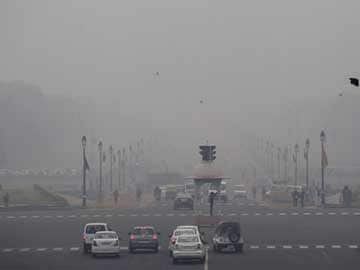
Particulate matter may be the air pollutant that most commonly affects people's health. (File photo)
New Delhi:
Particulate Matter and Your Health
- Mouth or nose breathing. Breathing through your mouth allows particles to travel deeper into your lungs.
- Exercise. While exercising, particles can travel deeper.
- Age. Older people breath less deeply so particles may not get as deep.
- Lung disease. If lung diseases block the airway, particles will not travel as far.
- Weather (temperature).
- Other pollutants in the air.
- Coughing, wheezing, shortness of breath
- Aggravated asthma
- Lung damage (including decreased lung function and lifelong respiratory disease)
- Premature death in individuals with existing heart or lung diseases
(Content source: www.airinfonow.org)
Track Latest News Live on NDTV.com and get news updates from India and around the world

